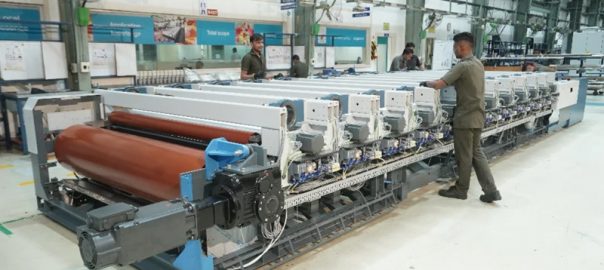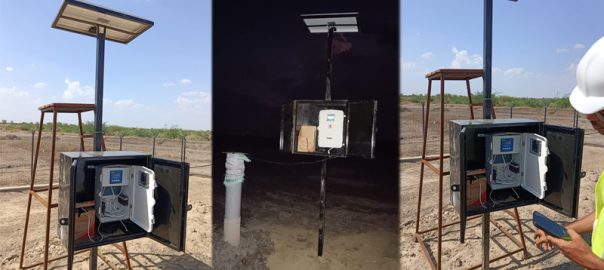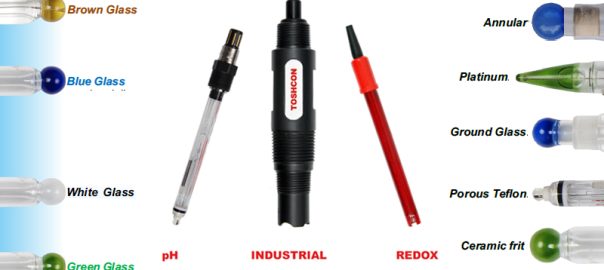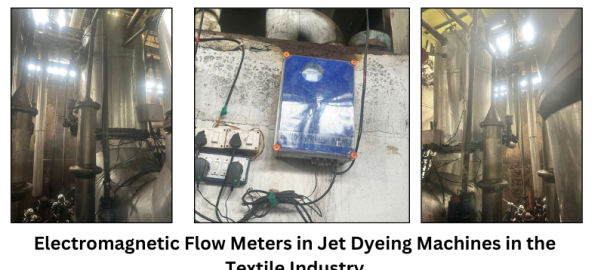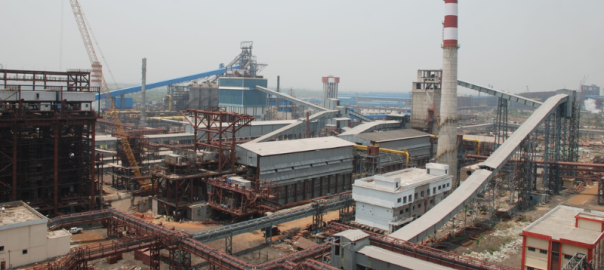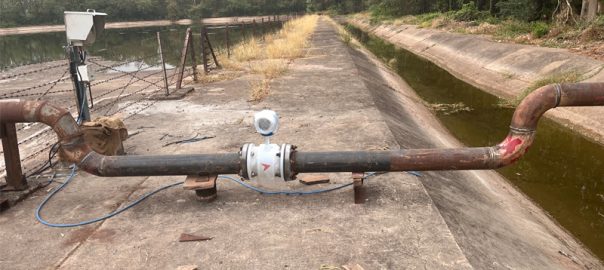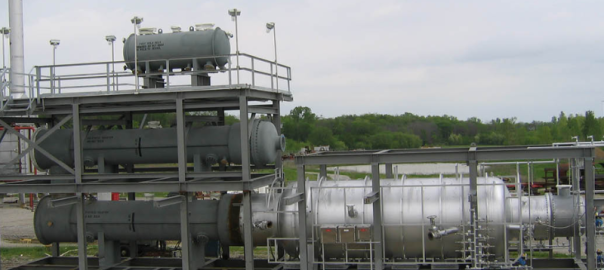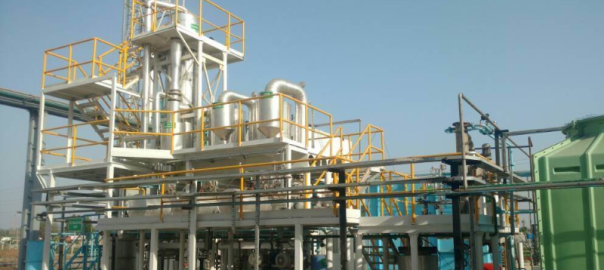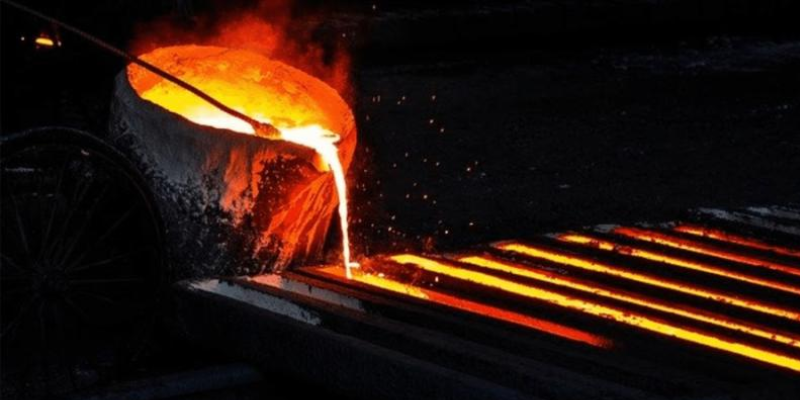
Temperature plays a crucial role in the operation and efficiency of a melting furnace. Here are some key points highlighting its importance:
- *Melting Point*: Each metal or alloy has a specific melting point. The furnace temperature must be accurately controlled to reach and maintain the appropriate temperature for the material being melted. For instance, aluminum melts at around 660°C, while steel melts at approximately 1370-1510°C, depending on its composition.
- *Energy Efficiency*: Proper temperature management ensures the furnace operates efficiently. If the temperature is too low, the metal may not melt completely, leading to increased energy consumption as the furnace works harder to reach the desired state. Conversely, excessively high temperatures can waste energy and increase operational costs.
- *Material Properties*: The temperature affects the physical and chemical properties of the molten material. Precise temperature control helps maintain the desired properties, such as viscosity and fluidity, which are essential for casting and forming processes.
- *Quality Control*: Consistent temperature regulation is vital for producing high-quality metal products. Fluctuations in temperature can lead to defects such as porosity, inclusions, and improper grain structure, affecting the final product’s strength, durability, and appearance.
- *Refractory Material Longevity*: The materials lining the furnace, known as refractories, are designed to withstand high temperatures. Maintaining the correct temperature helps extend the lifespan of these materials by preventing excessive thermal stress and degradation.
- *Safety*: Overheating can pose significant safety risks, including the potential for furnace damage or failure and the risk of explosions or uncontrolled release of molten metal. Maintaining the correct temperature is essential for safe furnace operation.
- *Environmental Impact*: Efficient temperature control can reduce the environmental impact of the melting process by lowering energy consumption and minimizing emissions associated with excessive fuel use.
In summary, precise temperature control in a melting furnace is critical for energy efficiency, maintaining material properties, ensuring high product quality, extending the life of furnace components, ensuring safety, and reducing environmental impact.


